USB-C is the future of computer connectivity, but there is a great deal of confusion over USB-C, Thunderbolt 3, USB 3.1, and what any given cable with USB-C connectors is capable of. AppleInsider breaks it all down.
Apple introduced USB-C to its user base with the retina 12-inch MacBook. At the time, it was a fancy USB port limited to USB 3.0 speeds of 5Gbit per second, and was officially called USB 3.1 Type-C Generation 1.
The same physical port was used in the 2016 MacBook Pro refresh, offering a faster, more capable Thunderbolt 3 port with the same USB-C physical connector. The Thunderbolt 3 protocol allows for 40Gbit per second — assuming the cabling for it is right.
But, right now, confusion reigns — and a simple choice that Apple made in the 2016 MacBook Pro is making it worse.
USB-C versus USB 3.1 versus Thunderbolt 3
Put simply, USB-C as a term by itself means nothing about data speed or charging ability — it's only a description of the physical connector.
Thunderbolt 3 at 40Gbit per second has to be USB-C at both ends. USB 3.1 at 5Gbit per second or 10Gbit per second does not. Both share the same physical USB-C connector for the host device.
Complicating matters somewhat, a Thunderbolt 3 cable can function as a USB 3.1 cable — but not all can. A USB 3.1 cable with USB-C is never a Thunderbolt 3 cable.
Also, not every USB-C cable — be it Thunderbolt 3 or USB 3.1 Type-C — is capable of 100W allowed in the specification. In fact, many fall far short.
Where Apple's choice fits in
With the 2016 and 2017 MacBook Pro, Apple has included a USB-C charging cable. Depending on model, the cable is either capable of 27W, 60W or 87W at maximum.
A 15-inch MacBook Pro cable is rated for 87W when plugged into the appropriate MacBook Pro adapter. It can be used on the MacBook and 13-inch MacBook Pro at appropriate wattage.
The converse is true, but the combination will only supply charging power of the lowest rated component, be it cable or AC adapter. For example, an 87W power adapter with a 60W-rated cable will only provide 60W to the host computer.
Simple enough. But, the Apple-supplied cable is only capable of USB 2.0 speeds, and is in no way a Thunderbolt 3 cable.
Enter, confusion
We've had a pile of very short Thunderbolt 3 cables pass through the testing lab while we've gone through the docks and other Thunderbolt 3 peripherals. They're not all clearly labeled. Some are capable of even 100W. Some aren't.
So, that's a problem. We get around that with careful sorting — but admittedly a surplus of Thunderbolt 3 cables isn't a common problem.
Most Thunderbolt 3 accessories come with 18-inch cables, but in our experience they are mostly useless. Users shopping for longer cables aren't being greeted with universal language, or with complete specifications in every case.
Short versus long, passive versus active
The short cables that come with docks and other peripherals are called passive cables. To keep costs down they are no-frills cables, and because of it, runs longer than 18 inches have slow transfer speeds for connected devices. This can cause problems in high-bandwidth situations like docks or the LG 5K Ultrafine display.
Short, passive Thunderbolt 3 cables, such as those packed-in with docks, are very nearly always fully compatible with USB 3.1 type-C peripherals. But, like we said, the length isn't that handy.
Thunderbolt 3 runs longer than 18-inches can be passive or active. The passive ones have lower speed, with the max data rate hitting about 20Gbit/second at two meters of cable length.
However, active cables contain transceivers to regulate the data transfer through the cable. At the same two meters, speed is still at the maximum of 40Gbit/second.
Passive cables maintain USB 3.1 type-C compatibility. Active ones do not.
There is no correlation between passive or active, and maximum wattage.
Choose wisely...
We presented a picture earlier in this article. Here it is again.
In the above picture, left to right: 2 meter 60W active Thunderbolt 3 cable, 2 meter 100W active thunderbolt cable, 2 meter 60W passive Thunderbolt 3, 2 meter 60W USB 3.1 Type-C cable, 2 meter 60W USB 2.0-speed Type-C Apple charging, 2 meter 87W USB 2.0-speed Type-C Apple charging, and a 0.5 meter passive 100W Thunderbolt 3 cable capable of 40Gbps. All of the markings on each cable are shown in the picture.
It's not much better shopping for Thunderbolt 3 cables on Amazon. The industry needs to settle on a common marking scheme for power, data rates, and passive or active — and it has not as of yet.
CalDigit has one way to label cables, and Belkin has another.
Looking for the data rate isn't enough when shopping for Thunderbolt 3. Searching on 40Gbps doesn't tell you if the cable is passive or active.
The reviews for cable listings on Amazon are a tale of poor labeling, and a lack of customer clarity. Some users complain that the Thunderbolt 3 cable won't work on their printer. Others claim that the USB-C cable won't provide enough power.
As a result of the complaints the listings have cleared up some making the hunt easier — once you've decided what you need.
Here at AppleInsider, we've settled on two brands of long, active, Thunderbolt 3 cables: the 60W Cable Matters 6.6-foot and 100W CalDigit 1 meter and 2 meter cables. They aren't cheap — but SCSI veterans and FireWire users know where we're coming from regarding that. We willingly sacrifice USB 3.1 Type-C compatibility to guarantee that we're getting max bandwidth to our docks and eGPUs.
Hard drives, even most RAID arrays we've examined, aren't so demanding. Passive, long cables, such as that from Plugable at 20Gbps, work fine. They also work with USB 3.1 Type-C printers, and other accessories.
USB 3.1 Type-C cables are far less demanding. We have no specific recommendation for them — but do be mindful of maximum power limitations if you're going to charge a 15-inch MacBook Pro.
As a quick cheat-sheet: Active Thunderbolt 3 cables are high-speed but expensive, and lack USB 3.1 Type-C compatibility. Passive Thunderbolt 3 cables are generally short for best performance, and maintain USB 3.1 Type-C compatibility. Neither passive nor active imply anything about maximum charging power, nor are they necessarily labeled on the cable indicating what they are capable of.
And, if you just need USB 3.1 Type C, just get that. Don't pay the premium for Thunderbolt 3. Be mindful of wattage, though.
But, regardless of what you buy, come up with your own solution for labeling what's what, and what it can do. It'll save you time in the long run.
 Mike Wuerthele
Mike Wuerthele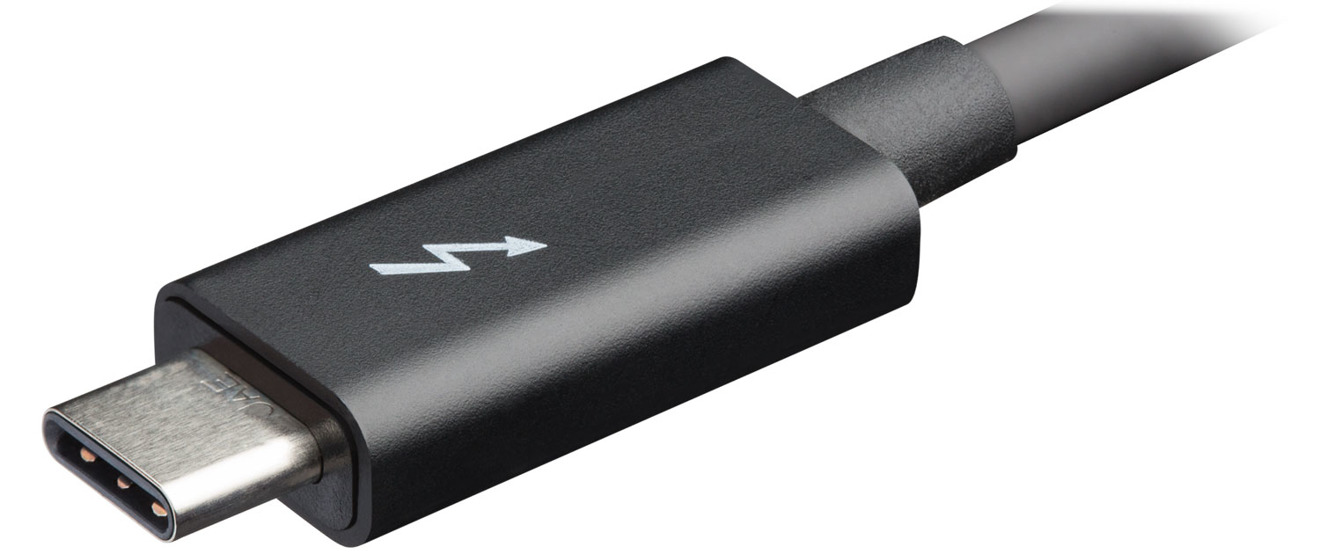
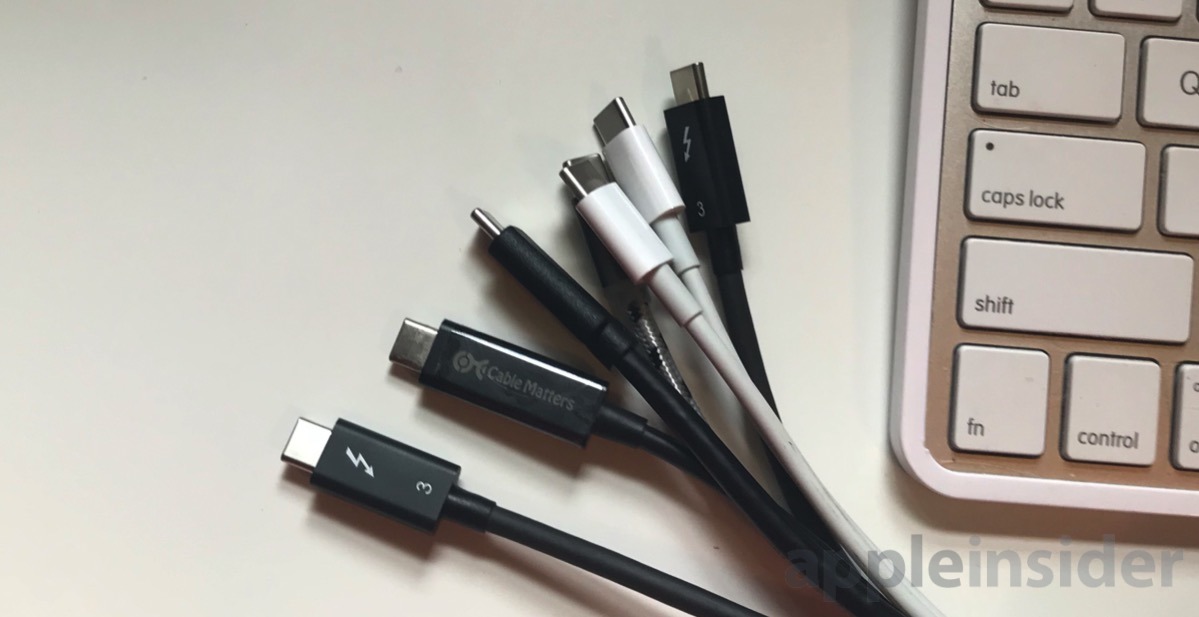
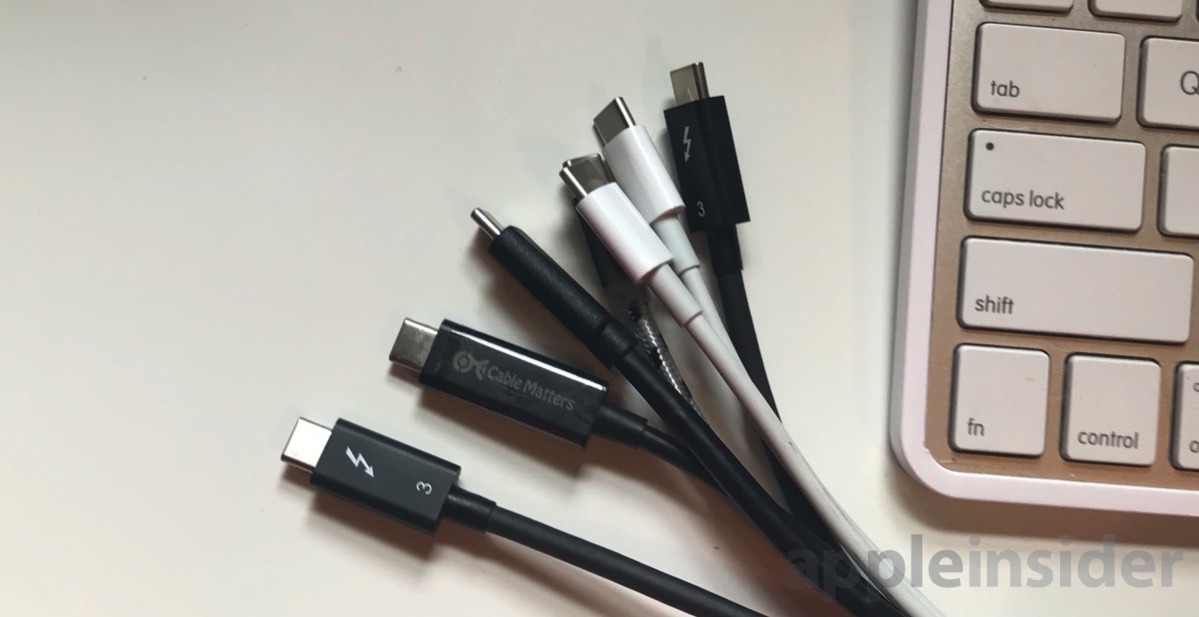













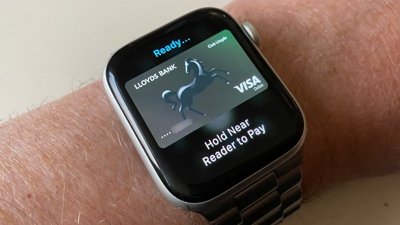
 William Gallagher
William Gallagher

 Christine McKee
Christine McKee
 AppleInsider Staff
AppleInsider Staff
 Chip Loder
Chip Loder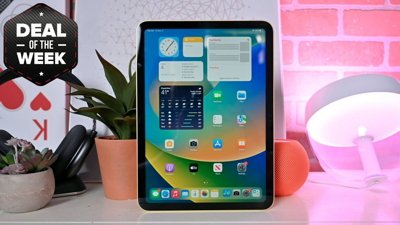

 Malcolm Owen
Malcolm Owen
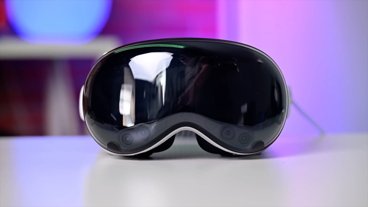






63 Comments
Perfectly clear, no need for standard marking. Just let the market powers prevail. If it fits, it works, in a way, or maybe even as expected. Use long for speed and short for speed, or was it short for power and long without? Buy several with different logos, one with a flash on, for power, or speed, can't remember anymore. *Disclaiming Irony above*
"As a quick cheat-sheet: Active Thunderbolt 3 cables are high-speed but expensive, and lack USB 3.1 Type-C compatibility. Passive Thunderbolt 3 cables are generally short for best performance, and maintain USB 3.1 Type-C compatibility... And, if you just need USB 3.1 Type C, just get that. Don't pay the premium for Thunderbolt 3". Great article. Thanks.
Barely followed the type names in this one! Thanks for digging through the headache for the purchasing tips and links!
Good article, thanks. It would be useful to understand that the requirements of a HDD sitting on a dock connected to a MBP via a USB-C cable do not require T3, and that USB 3.1 will still be faster than the transfer rate of the device. That said, I would love to see some correlation presented by way of benchmark. e.g. Using the LaCie 2g HDD on a USB-C dock and a 2016/7 MBP....
Devices that use Thunderbolt will state that, and the port will also state it’s a Thunderbolt port. Same thing for USB-C, so that he two don’t get confused. But rarely does the port state which speed version it is. If it’s a device with Thunderbolt, it will state which Thunderbolt version the device is. But rarely is that true for USB.
there are also glass fiber Thunderbolt cables that have 40Gbs for long lengths, but they are even more expensive. Corning and Intel make them.